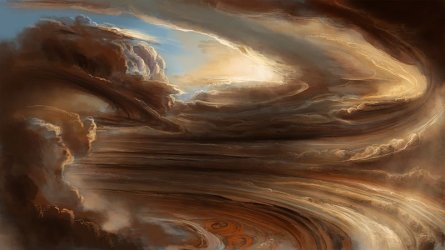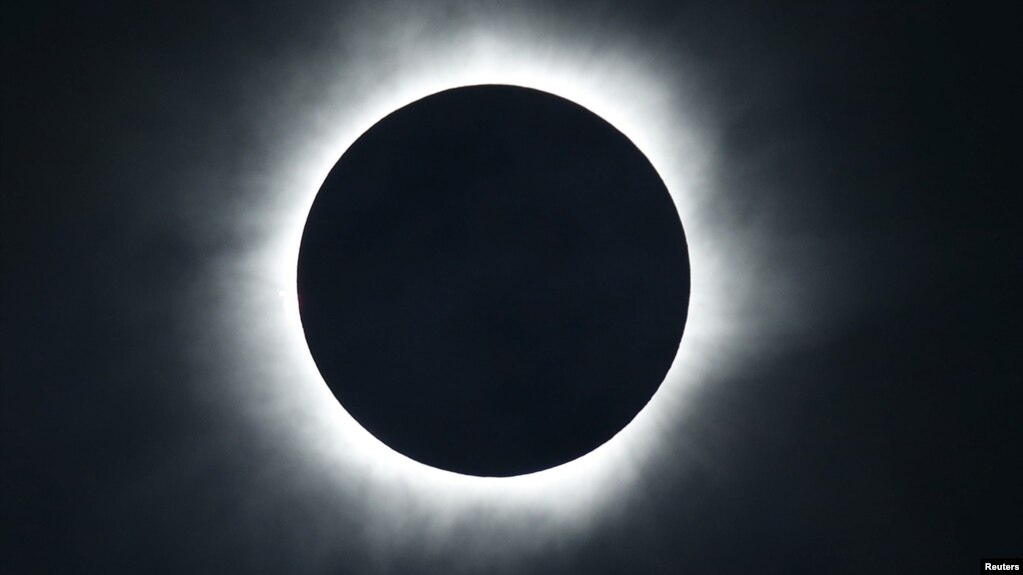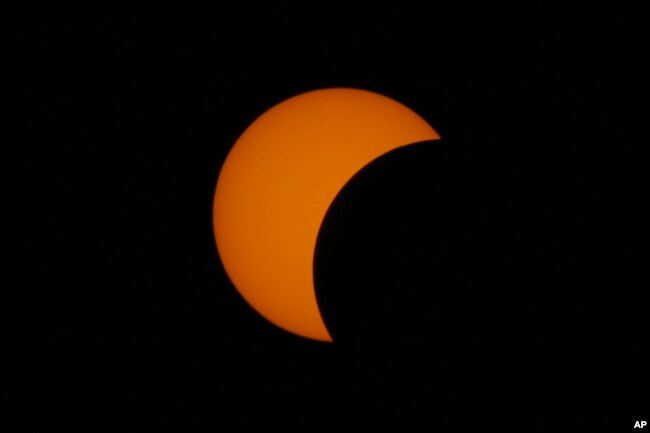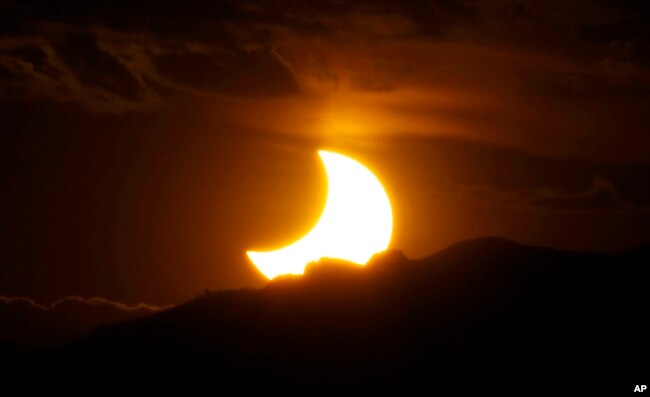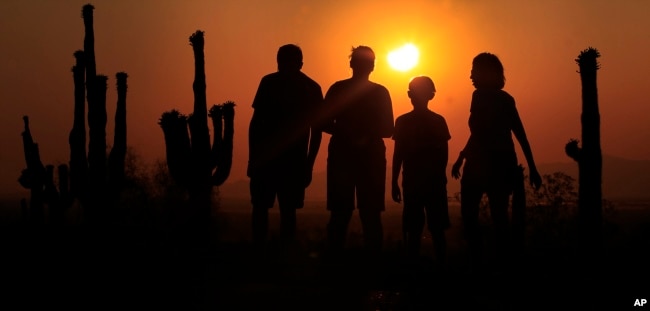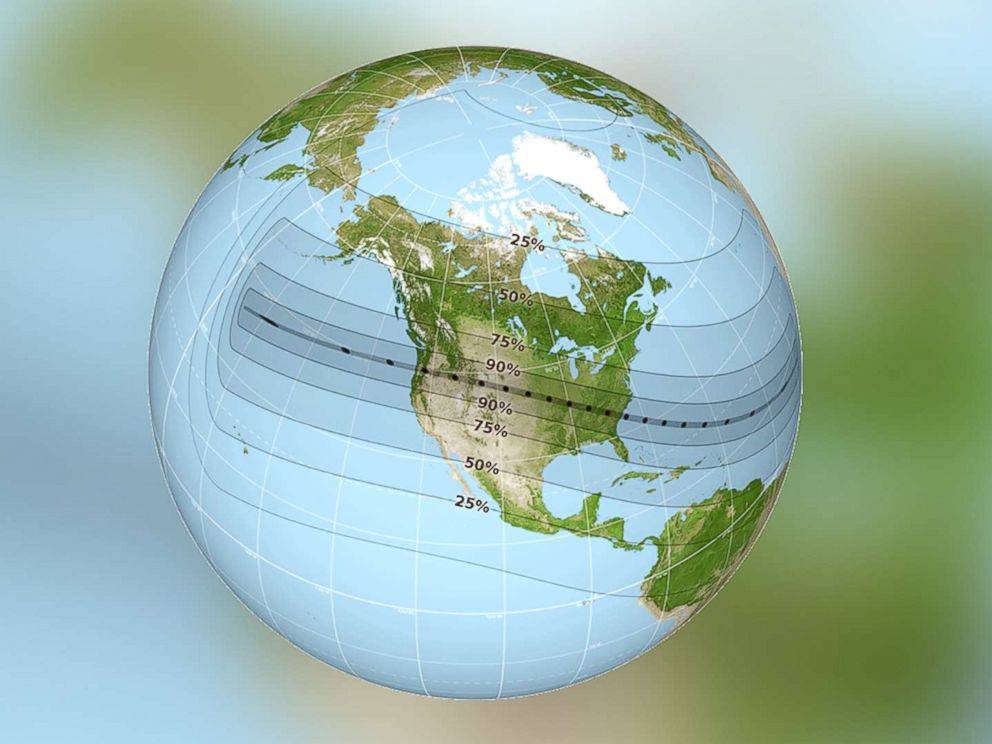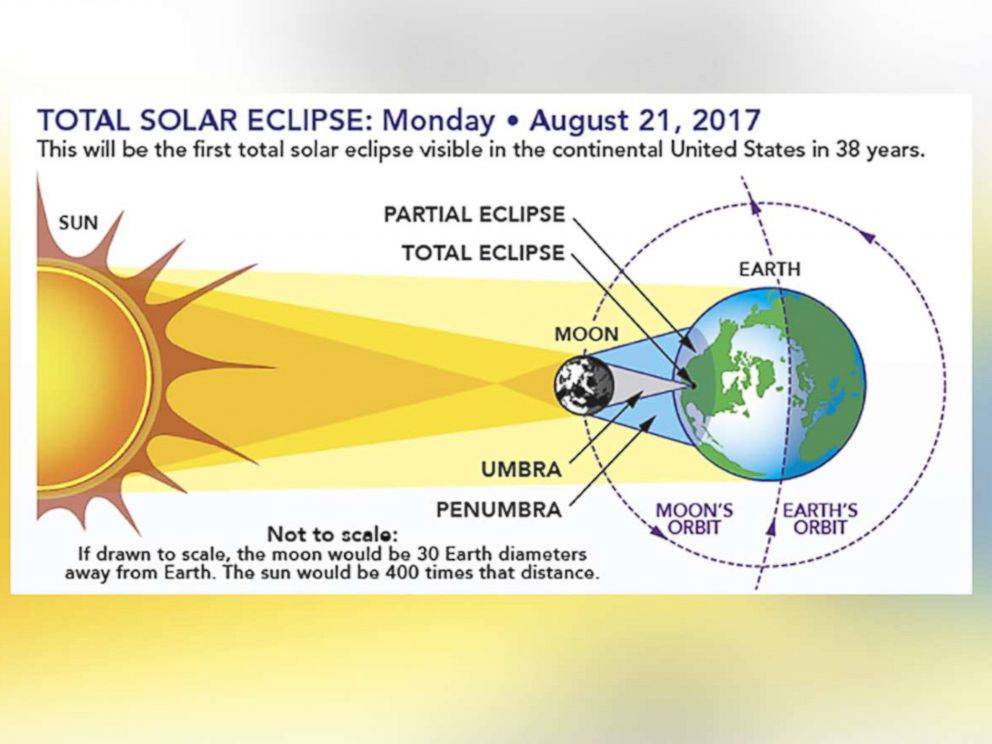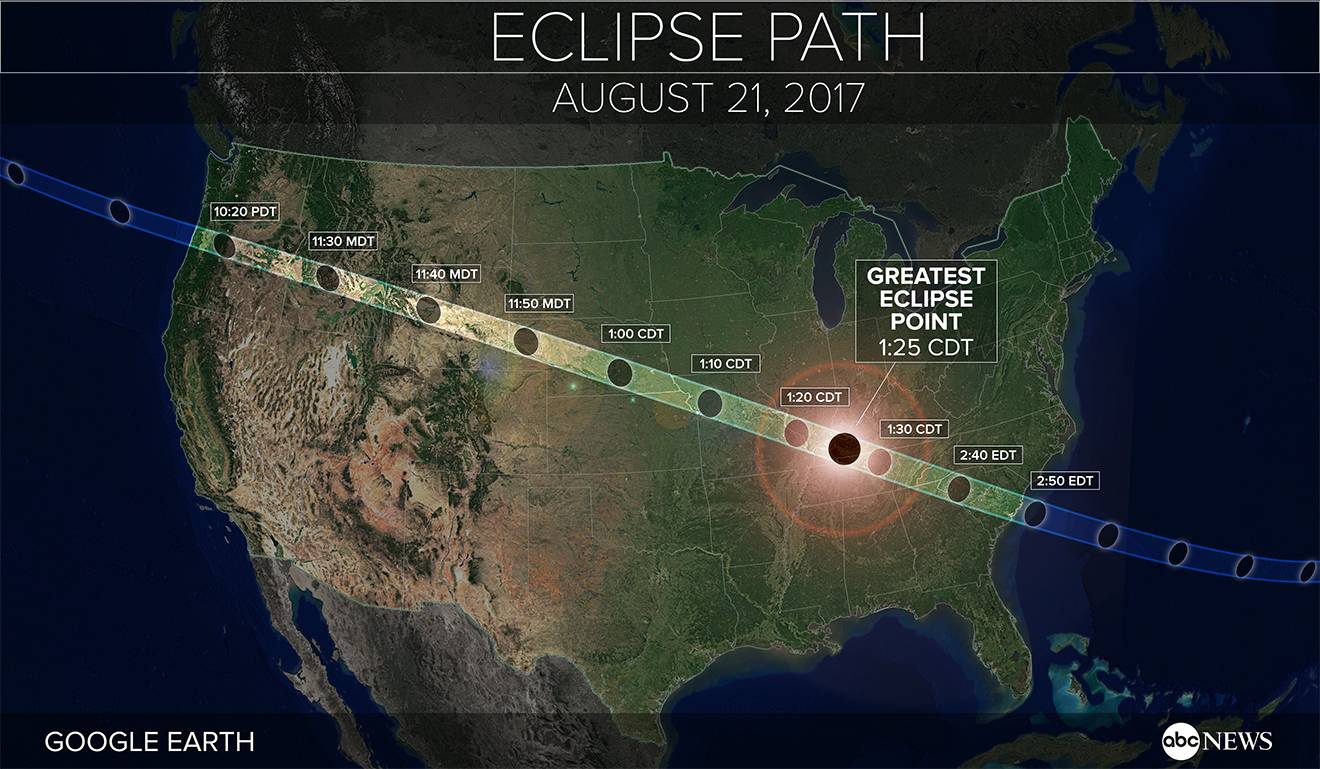Skull
Platinum Member
In August of 2017 a very rare (not since 5th century) total solar eclipse with cross the lower 48 of the USA from NW to SE. It is an amazing event; midnight in the daytime, plus a fantastic aura around the dark sun. Must wear eclipse glasses and the weather must cooperate.
Here is the path of totality, giving many places to witness this:
Total Solar Eclipse 2017 - Path Through the United States
Here is the path of totality, giving many places to witness this:
Total Solar Eclipse 2017 - Path Through the United States


